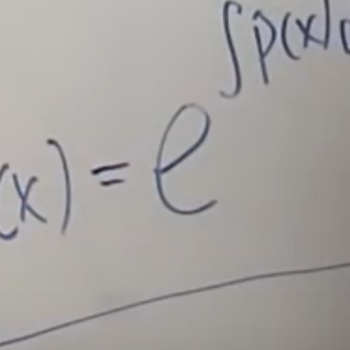4x^2+12x-25=ax^2+bx+c
set 4x^2+12x-25 to 0 to find the roots real and imaginary
Using the discriminant b^2-4ac to find out if there are imaginary roots
(12)^2-4(4)(-25)=544
Delta("the discriminant")>0 So that means it have 2 unique real roots
Using the quadratic formula
x=(-(12)+-sqrt((12)^2-4(4)(-25)))/(2(4))
x=(-12+-sqrt544)/8
simplify the radical using root(n)xy=root(n)x*root(n)y
x=(-12+-sqrt(16*34))/8
x=(-12+-sqrt(4)sqrt(34))/8
x=(-12+-2sqrt(34))/8
Find the greatest common factor
x=(-3+-sqrt(34))/2
x=(-3+sqrt(34))/2 and -(3+sqrt(34))/2
Using C.T.S. (complete the square)
To get x^2 by itself divide the whole equation by 4
(4x^2+12x-25)/4=0/4
(cancel4x^2)/cancel4+(3cancel12x)/(1cancel4)-25/4=0
x^2+3xcancel(-25/4+25/4)=0+25/4
x^2+3x=25/4
complete the square by dividing the coefficient of x by 2 and then squaring it
(3/2)^2=9/4
add this term to both sides
x^2+3x+9/4=25/4+9/4
sqrt((x+3/2)^2)=+-sqrt(34/4
xcancel(+3/2-3/2)=(+-sqrt(34))/2+(-3)/2
x=(-3+-sqrt34)/2
:. x=(-3+sqrt34)/2 and (-3-sqrt34)/2

